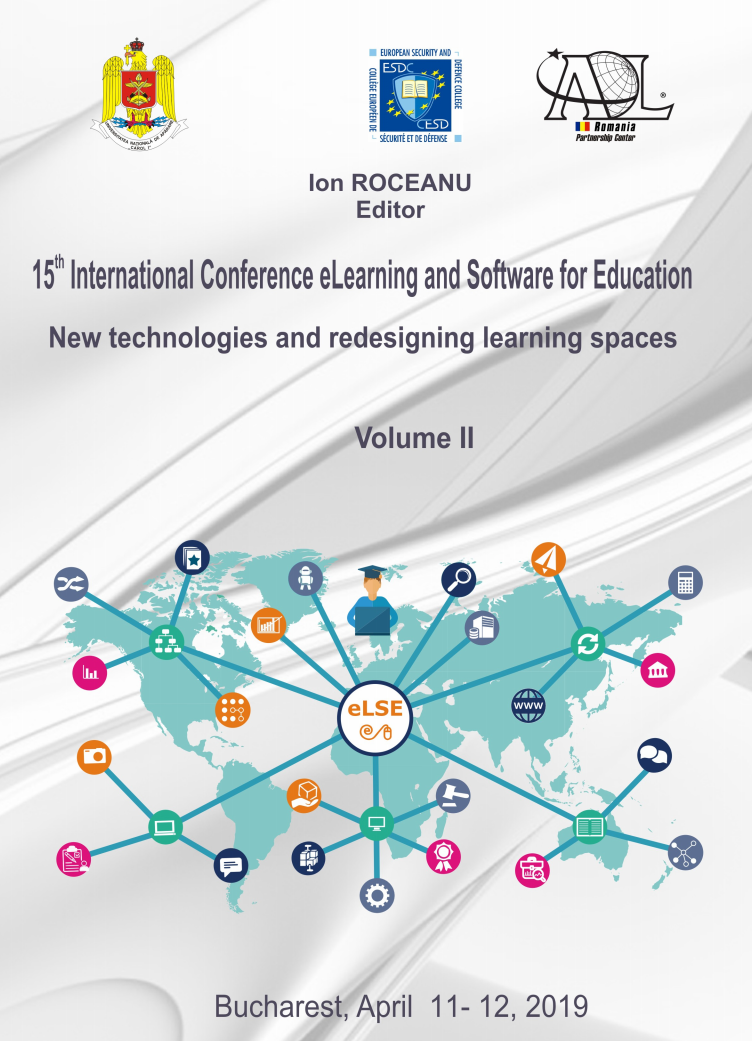Use of Assistive Technologies in Accessibility of Information for Students with Visual Impairments
Use of Assistive Technologies in Accessibility of Information for Students with Visual Impairments
Author(s): Valentina Vartic, Emilia OprişanSubject(s): Social Sciences, Education, Higher Education
Published by: Carol I National Defence University Publishing House
Keywords: accessibility;reasonable adaptation; visual impairments;
Summary/Abstract: The UN Convention on the Rights of Persons with Disabilities, signed by Romania in 2007, analyses disability as a result of "interaction between people with disabilities and attitudes and environmental barriers that prevent their full and effective participation in society" (Preamble). In the same context, there is talk of "reasonable accommodation", those necessary changes to be made, specific to each type and degree of deficiency, to allow the exercise of rights and freedoms on an equal footing for all citizens. To facilitate access to information for people with visual impairments, a series of technologies have been developed that allow users to use computing and communication technology like everyone else. Depending on the special needs of people with disabilities, the degree of vision impairment, reasonable adaptive solutions have been developed. Depending on the special needs of people with disabilities, visual impairment, we talk about hardware assistive technologies (display, braille keyboard, printers, magnifiers, etc.) and software (voice recognition, speech synthesis, screen reader, etc.). In recent years, there has been an increase in the number of visually impaired people attending a faculty. This determines he necessity of adapting access to information in the educational institutions and for those with visual deficiencies in courses, seminars, at the library, etc. A study at the University of Bucharest, Faculty of Psychology and Educational Sciences, reveals students’ knowledge of assistive technologies for visually impaired people, the existence and use of faculty, specific needs to access information. The results of the study focus on the direction of changing the academic environment to make access to information available to students with visual impairments.
Journal: Conference proceedings of »eLearning and Software for Education« (eLSE)
- Issue Year: 15/2019
- Issue No: 02
- Page Range: 294-299
- Page Count: 6
- Language: English

